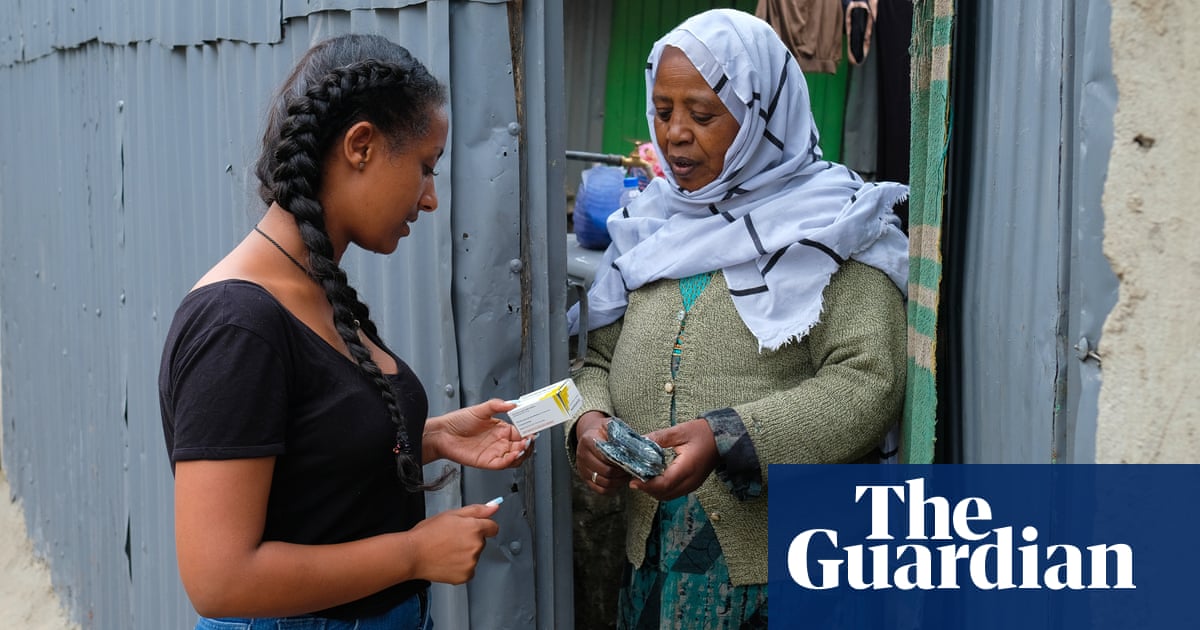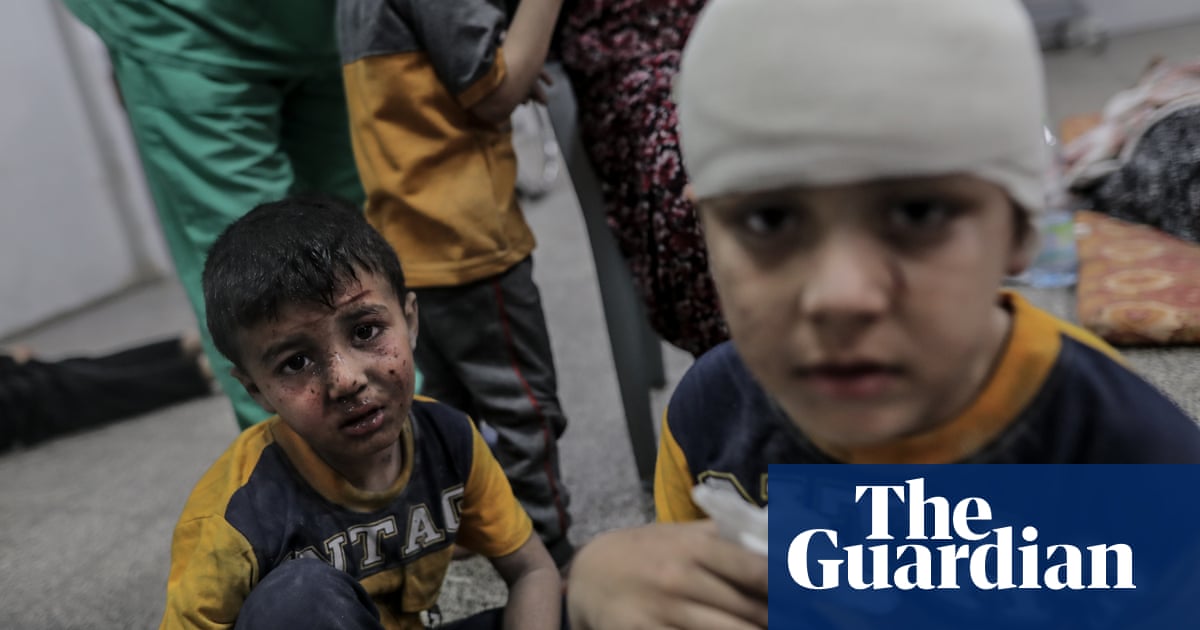
Patients suffering chronic pain are being denied treatment in low-income countries because of restrictive laws and concerns about opioid addiction, which have been fuelled by the crisis engulfing the US.
Palliative doctors, who say there is a huge unmet need for pain-relief drugs in poorer countries, have called for laws to be relaxed and for the stigma around opioids to be addressed.
Only 17% of the morphine produced worldwide in 2020 for medical purposes was consumed in low- and middle-income countries, despite them being home to close to 83% of the global population, according to the latest figures from the International Narcotics Control Board, which monitors drug use. It said the imbalance in usage has barely changed in 20 years.
A 2017 Lancet commission study found that Haiti received an annual average of just 5mg of morphine-equivalent opioids for each patient requiring palliative care – 0.8% of what is needed – compared with the US, which received 55,000mg for each patient, more than 3,000% of the required amount.
“What I witness myself every day are people who have been on disease-specific treatment going through pain and suffering through weeks, months or years,” said Dr MR Rajagopal, the chairman of Pallium India, a palliative care charity based in Kerala. “At least 96% of them in my country eventually are denied pain relief. I have seen several people with scars around the neck from attempting to kill themselves by hanging.”
Rajagopal said very few patients reached palliative care clinics where they could finally access pain-relief drugs suitable for their conditions and that doctors were often scared to prescribe them.
He said draconian laws grew out of a 1961 international treaty that emphasised the control of opioids in order to stop drug abuse. The resulting global “war on drugs”, which effectively criminalised production and supply even in medical contexts, led hospitals and pharmacies to stop stocking opioids. The result, he said, was that India’s use of opioids dropped from 600kg a year in 1985 to 17kg in 1997.
He said advocacy efforts had helped relax regulations in Kerala and other parts of India, but that still only 350kg of opioids a year were being consumed, whereas he estimated that 30,000kg were now needed.
Gary Rodin, who is the director of the Toronto-based Global Institute of Psychosocial, Palliative and End-of-Life Care and has carried out research into habits of prescribing opioids, said the increase in rates of diseases such as cancer and diabetes in low- and middle-income countries demanded greater emphasis on relieving pain and psychological distress.
“Maybe 100 years ago that would have been a large part of medicine. As medicine has gotten more specialised and technologised, people have paid more attention to Cat scans and MRIs and blood tests than they have to the suffering of the patient. They haven’t asked enough about the suffering,” he said.
That has resulted in more aggressive chemotherapy treatment, Rodin said, even at stages when it is unlikely to work and when the body struggles to handle it.
“Suicide rates are very high in advanced disease. Psychological distress is very common; family distress is very common. There are lots of approaches which we have evidence will help, but we don’t do nearly enough to support that.”
Palliative care can be a cheaper way to ease the suffering of terminally ill patients and could be made more available by relaxing laws and training healthcare workers to administer painkillers and ease psychological distress, Rodin said.
Julia Downing, the chief executive of the International Children’s Palliative Care Network, said neglecting a patient’s pain can have a significant impact on their quality of life.
“The implications are quite broad … If they’re unable to work, the family will become poorer and poorer, and then they can’t pay for school fees, so the children can’t go to school. The impact of having people whose pain is not controlled goes far beyond just that individual themselves,” she said.
Rajagopal said the US opioid crisis has affected how opioids are viewed globally, fuelling fears among doctors that patients who are prescribed them will become addicted. However, he said, addiction in the US was specific to that context, where pharmaceutical companies aggressively marketed opioids.
“Pain is not visible. It happens in hospital beds or patients’ rooms and is not visible to the world. Addiction, on the other hand, is very visible in headlines which quote the US epidemic and overdose deaths. No one talks about the western European success over decades; all the news is about the opioid crisis in the USA. This means that when we try to have discussions, our work becomes harder because many minds are primed against opioids,” said Rajagopal.
Downing said progress has been made in Uganda, India and Kenya but more needed to be done not just on legislation but also on training medical staff.
Zipporah Ali, a Kenyan palliative care doctor, said some progress has been made in her country to relax opioid laws.
“There was a time a patient came to me in so much pain with a neck tumour that was so swollen, he just wanted to die. But I started him on treatment with high doses of pain management and steroids. The next week in the hospital he came and grabbed me to say: ‘Thank you. I don’t want to die any more.’” said Ali. “We are not curing the disease, but it can make you comfortable.”












